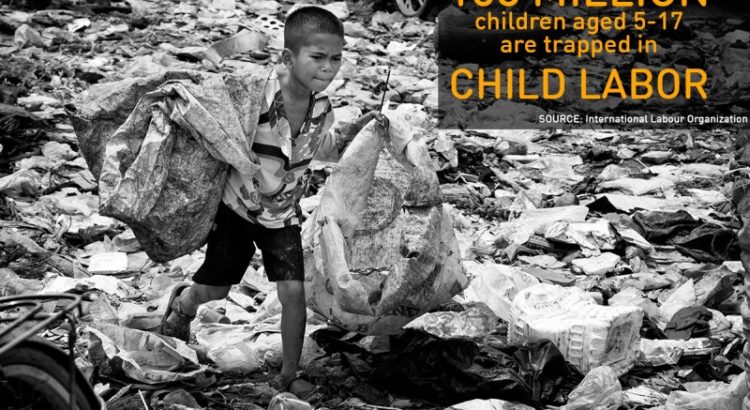Fuente Global Partnership / 13 de junio de 2016
We know that poverty often pushes children to work, yet when children leave school early to enter the labor force they are more likely to end up in occupations that limit their chances of breaking out of poverty.
June 12 is the World Day Against Child Labor and while the number of children 5-17 who work has declined by 30% since 2000, there are still 168 million child laborers worldwide according to the International Labour Organization (ILO). More than half, 85 million, are in hazardous work.
In the 2015 report Child Labour and Education – Progress, challenges, and future directions the ILO analyzes the role of child labor in keeping children away from school, as well as the lack of accessible, affordable and good quality schooling as a factor for children to enter the workforce.
The findings outlined in the report include:
- Child labor lowers net primary enrollment ratios.
- There is a strong negative effect of child labor on school attendance. In some countries, school attendance rates of working children are only about half of those of non-working children.
- There is a significant negative correlation between levels of economic activity of children aged 7-14 years and youth literacy rates in the 15-24 age bracket.
- Rural working children tend to be among the most disadvantaged.
- Boys and girls often do different jobs. Girls are usually overrepresented in non-economic activities such as work in their “own household“. They also often bear the double burden of work outside and inside the house, often with little time left for schooling.
- For children who manage to combine work and education, performance at school often suffers.
We know that poverty often pushes children to work, yet when children leave school early to enter the labor force they are more likely to end up in occupations that limit their chances of breaking out of poverty.
The achievement of the Sustainable Development Goal for Education rests on children being free to go to school rather than working to support their families, while ensuring decent work (SDG 8) and eliminating all child labor will be impossible without quality education for all children. Therefore, it is essential that we continue to work on exploring and addressing the links between education and child labor.
Link original: http://www.globalpartnership.org/blog/child-labor-hinders-childrens-education







 Users Today : 15
Users Today : 15 Total Users : 35460032
Total Users : 35460032 Views Today : 23
Views Today : 23 Total views : 3418654
Total views : 3418654